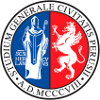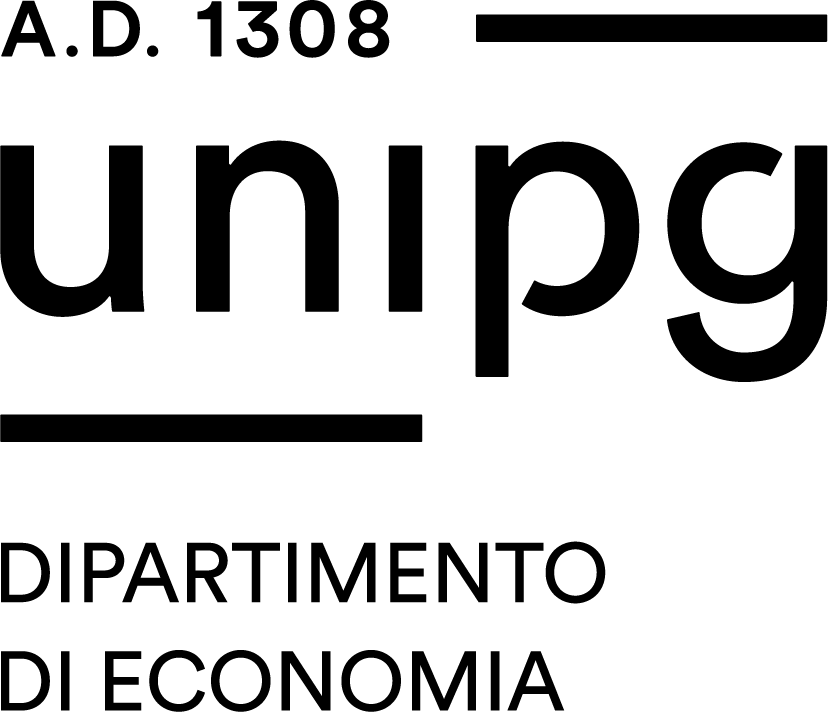Study-unit DISTRIBUTED MEASUREMENT SYSTEMS
| Course name | Electronic engineering for the internet-of-things |
|---|---|
| Study-unit Code | 70005105 |
| Curriculum | Consumer and aerospace iot |
| Lecturer | Francesco Santoni |
| Lecturers |
|
| Hours |
|
| CFU | 9 |
| Course Regulation | Coorte 2024 |
| Supplied | 2024/25 |
| Supplied other course regulation | |
| Learning activities | Caratterizzante |
| Area | Ingegneria elettronica |
| Sector | ING-INF/07 |
| Type of study-unit | Opzionale (Optional) |
| Type of learning activities | Attività formativa monodisciplinare |
| Language of instruction | Italian |
| Contents | The course addresses various aspects of remote data acquisition and processing in distributed contexts, with the goal of providing skills that support a possible design activity. To this end, the requirements of a distributed measurement system are initially described, identifying its functional blocks and methods for propagating the acquired information in various application contexts. The course develops from issues related to the control of data acquisition and processing at the single device/node level, and then considers more complex systems. Application contexts cover both traditional wired/wireless systems, including those for industrial applications and avionics systems, and wireless sensor networks. |
| Reference texts | William Stallings, Data and Computer Communications, tenth edition, Pearson, 2014 Maurizio Di Paolo Emilio, Data Acquisition Systems, Springer, 2013 Sunit Kumar Sen, Fieldbus and Networking in Process Automation, second edition, CRC Press, 2021 Paolo Carbone, Sayfe Kiaei, Fang Xu (editors), Design, Modeling and Testing of Data Converters, Springer, 2014 Sebastian Thrun, Wolfram Burgard, Dieter Fox, Probabilistic Robotics, MIT Press, 2005 Feng Zhao, Leonidas J. Guibas, Wireless Sensor Networks: an Information Processing Approach, Elsevier, ISBN: 978-1-55860-914-3, 2004. Winston Seah, Yen Kheng Tan, “Sustainable Wireless Sensor Networks,” www.intech.org Hoang Duc Chinh and Yen Kheng Tan, “Smart Wireless Sensor Networks,” www.intech.org; Dr. Geoff V Merret and Dr. Yen Kheng Tan, “Wireless Sensor Networks: Application-Centric Design,” www.intech.org; Feng Zhao, Leonidas J. Guibas, Wireless Sensor Networks: an Information Processing Approach, Elsevier, ISBN: 978-1-55860-914-3, 2004. Winston Seah, Yen Kheng Tan, “Sustainable Wireless Sensor Networks,” www.intech.org Hoang Duc Chinh and Yen Kheng Tan, “Smart Wireless Sensor Networks,” www.intech.org; Dr. Geoff V Merret and Dr. Yen Kheng Tan, “Wireless Sensor Networks: Application-Centric Design,” www.intech.org; |
| Educational objectives | Main knowledge acquired: Understanding of basic concepts related to distributed systems for data acquisition, propagation, and processing, with stationary or non-stationary topology, and remote instrumentation operation, using various wired or wireless communication protocols Understanding of the architecture of a wireless sensor network (WSN), of a WSN node, and of the canonical problems solved using WSNs Main competence acquired: Capability of designing and realizing a distributed measurement system for environmental or process monitoring Capability of selecting the proper data acquisition technique and interfacing to sensors Capability of designing the architecture and the characteristics of a WSN Capability of designing and realizing measurement nodes to be operated in a WSN |
| Prerequisites | None |
| Teaching methods | Face to face, lab activities |
| Other information | Teacher can be contacted at email: francesco.santoni@unipg.it phone: 0755853635 |
| Learning verification modality | The final test includes an oral test and in a lab activity, to be described in a written report. The report contributes to the final mark with up to 10 points. The oral test contributes to the final mark with up to 20 points. The presentation of the lab activity and the oral test can be carried out in different moments. |
| Extended program | Part I - Course introduction and data acquisition systems - Introduction to course and distributed measurement systems; - Data acquisition systems, building blocks: - - Sensors - - CPU - - Software - - Data Acquisition hardware (DAQ) - DAQ constituent blocks: - - Analog subsystem and signal conditioning - - Digital input/output subsystem - - Clock - Clock characterization, Allan variance (derivation and examples) - ADC characterization. - - Resolution and effective bits - - Gain and offset - - Integral and differential nonlinearity - - Statistical theory of quantization - - Quantization and dither - - Servo-loop testing - - Linear and sinusoidal histogram testing. Part II - Bus and networks for industrial automation. - Review on transmission lines and characteristic impedance - Twisted pair, characteristics and advantages - Termination schemes with impedance matching - Review ISO/OSI model - General introduction to PC bus and arbitration - ISA and PCI - Limitations of parallel line bus (clock skew) - PCI Express - - History and development - - Architecture - - - Physical layer: lanes and link efficiency - - - Encoding 8b/10b and later developments 128b/130b and 242b/256b - - - PCIe and Chipsets, impact of PCIe on motherboard evolution. - - - Hints on data link and transport layers. - Definition of Fieldbus - RS-232, RS-422 and RS-485 standards - 4-20 mA current loop lines - HART protocol - Profibus fieldbus architecture - Foundation fieldbus architecture - CAN bus architecture - Microcontroller bus: I2C and SPI - Ethernet - - Architecture and protocol - - CSMA/CD collision detection - - Collision probability analysis and determinism - - Time sensitive networking - Wireless in the industrial context - Wi-Fi protocol - Introduction to modulation techniques: BPSK, QPSK, QAM, FHSS, DSSS, OFDM - Bluetooth and BLE - Bus in avionics systems Part III - Digital transmission techniques. - Error checking: module 2 arithmetic and Cyclic Redundancy Check - Data Scrambling - Introduction to phase-locked loop and clock recovery - Clock Recovery in PCI Express - Ethernet Node Synchronization and Synchronized Ethernet - Spectral analysis of digital encodings Part IV - Implementation of Distributed Systems - Wireless Sensor Networks - - Introduction - - Canonical applications: area control, object control - - Architecture - - - Physical layer - - - - WSN node architecture - - - - Consumption and energy harvesting - - - - Modulation and transmission methods. - - - Data link layer - - - - Continuous, event-driven, on-demand - - - - Collision management - - - Network layer - - - - Routing - - - - - Flooding - - - - - Gossiping - - - - - Data Centric - - - - - - Sensor Protocol for Information via Negotiation (SPIN). - - - - - - Directed Diffusion - - - - - Clustering - Introduction of location systems and their characteristics - - Outdoor systems: GPS - - Indoor systems: magnetic localization, ultra-wide band (UWB) - Kalman filters. - - Linear - - Extended - - Unscented - - Sensor fusion applications |


